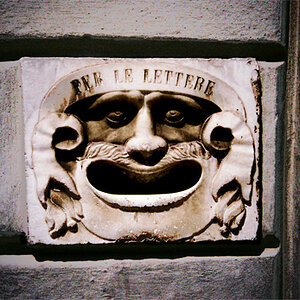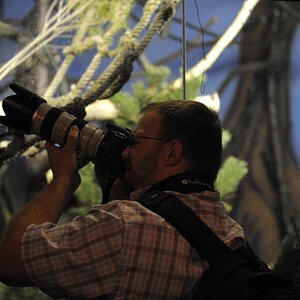dmatsui
TPF Noob!
- Joined
- May 7, 2008
- Messages
- 106
- Reaction score
- 0
- Location
- Middelburg, The Netherlands
- Website
- dmatsui.deviantart.com
- Can others edit my Photos
- Photos OK to edit
Since coming to this forum i've been told shooting in raw over jpg is a must and i most certainly don't disagree. One point that confuses me that i just learnt is that allot of people on here convert their RAW files to either DNG or TIFF for archiving or even post processing. I'm mostly curious as to why, since i've started shooting in raw i've processed the files in raw and i store them on my hard drives in a raw format.
So why would people choose to convert their raw files before archiving? Or even post processing?
So why would people choose to convert their raw files before archiving? Or even post processing?



![[No title]](/data/xfmg/thumbnail/32/32807-d5379cd3a34c7d2ac3535361dd969c10.jpg?1619735667)
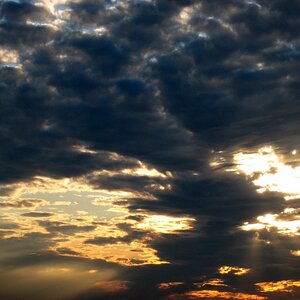



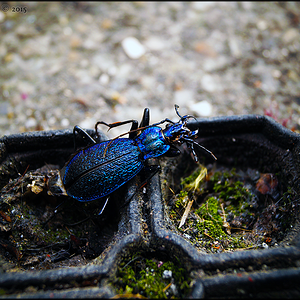
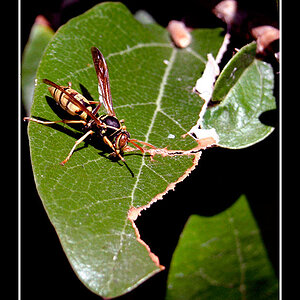
![[No title]](/data/xfmg/thumbnail/39/39491-353a6df9b207e97dadcdce4f98248fcd.jpg?1619739051)
